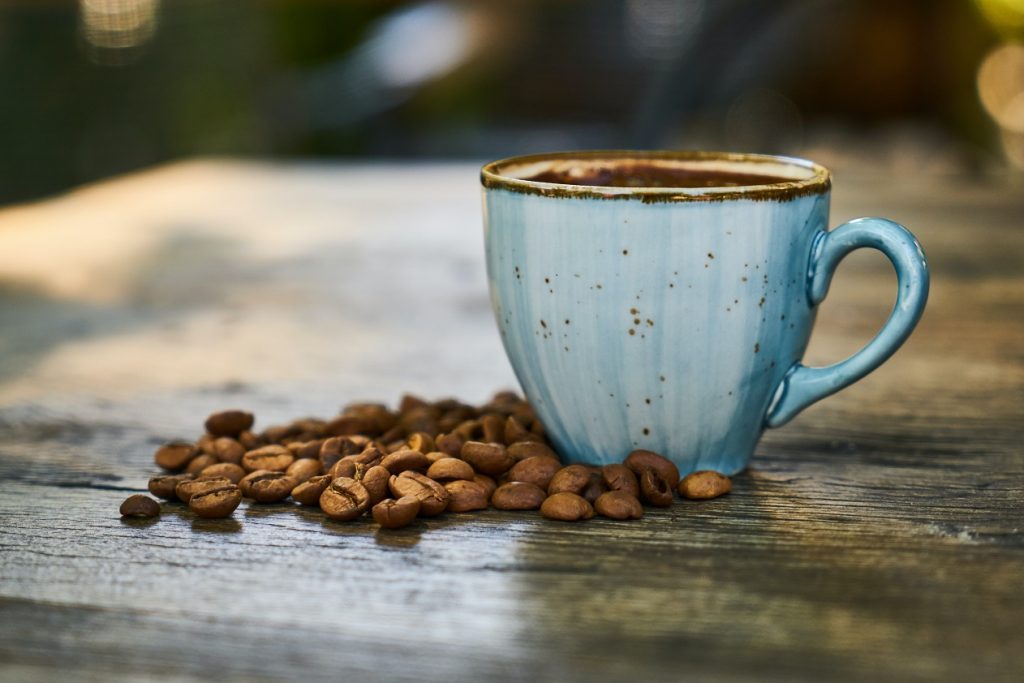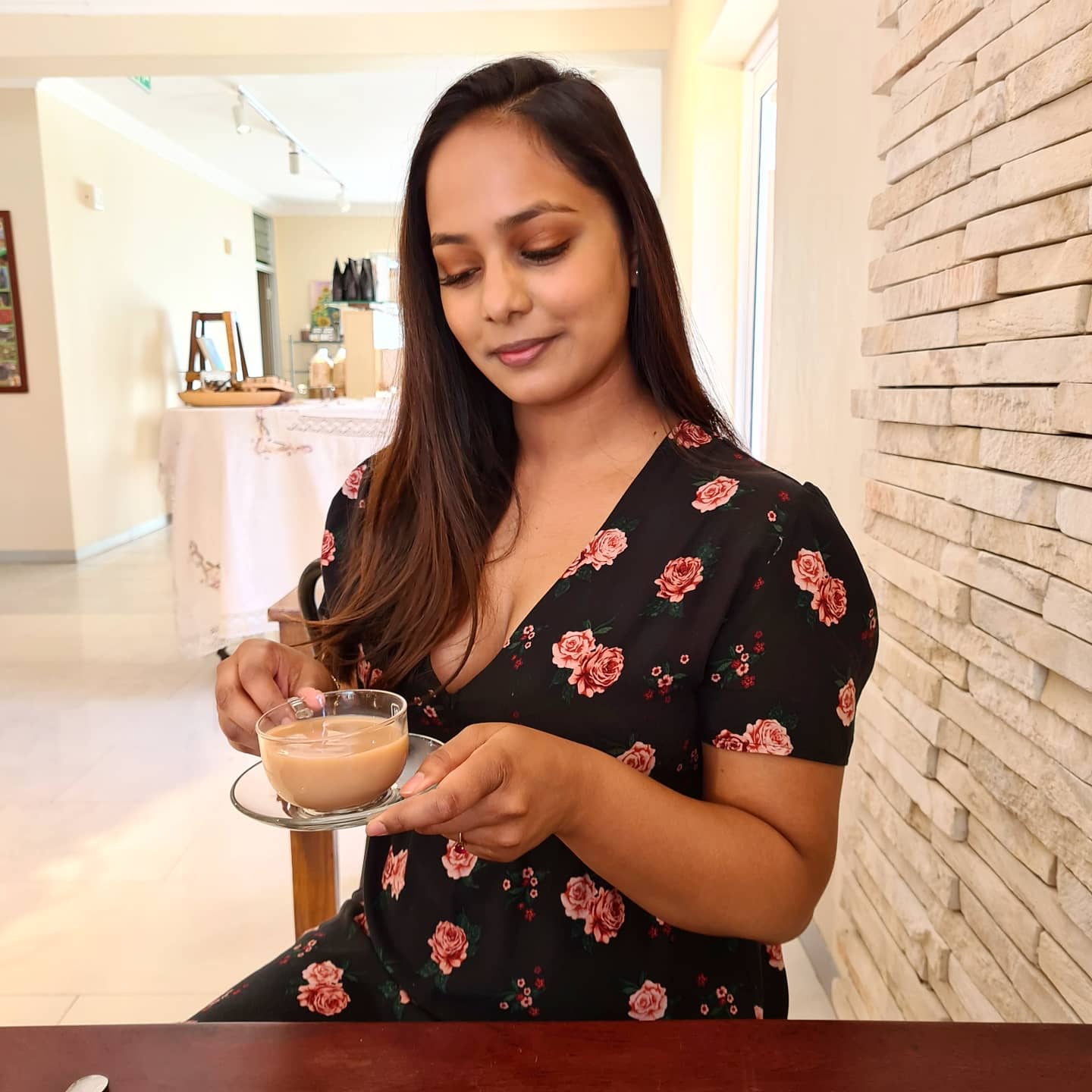Got leftover coffee grounds?
Coffee beans make a GOOD cup of coffee… but when that’s done why not up-cycle them?
Love a good cup of coffee made from freshly ground coffee beans? The aroma, the texture, the unbeatable flavour. “There is no doubt about it, making coffee from fresh beans is not just about the coffee but about the ‘theatre’ that comes with it,” explains Matthew Dees, senior brand manager for Jacobs coffee.
Using quality coffee beans to make your coffee is the first step in getting the best taste. The way you make it, how finely or coarsely the beans are ground, even the temperature of the water all plays a role in the taste experience, whether you are using a manual or electric grinder:
- Great beans equal great coffee. When it comes to good quality beans, Jacobs Barista Editions range includes two different blends, Crema and Espresso, offering high quality products with the magical Jacobs aroma sealed in. These beans have been slow roasted to create the desired aromas and intensity levels expected by coffee bean connoisseurs, and are 100% Arabica, for a smoother taste.
- Always grind your beans just before you brew to get the most freshness out of them. The size of the grind is also important to the taste – bitter coffee could mean that the bean was ground too fine, and flat coffee could be a result of a coarse grind. With an electric grinder grind your coffee in short bursts, shaking the container after each burst to ensure that all the beans are ground equally.
- If using tap water to make your coffee let it run for a few seconds before filling your coffee pot.
- The amount of time that water is in contact with the coffee grounds is important. In a drip system the contact should be around five minutes, while with a French Press it should be around two to four minutes. Espresso only needs a short brewing time. If you are making a cold brew, then the beans should be steeped overnight.
Now that you have made your best cup of coffee, what do you do with the coffee grinds that are left behind?“What many people don’t know is that there are a number of uses of coffee grounds and expired beans,” explains Dees. “So, why not upcycle your beans and grounds, to get the utmost out of your beans.”
Dees suggests the following three uses of expired coffee beans and old coffee grounds:
- Old coffee grounds are high in nitrogen which makes it a great fertiliser for roses, camellias, and hydrangeas. Add to the soil by simply digging around the plant and bury the coffee grounds in the soil. The coffee grounds will also deter pests from your plants.
- Why not try your hand at making your own chocolate covered espresso beans? Simply melt chocolate over a low heat, mix the espresso beans, spoon them onto parchment paper and wait for them to cool and enjoy.
- Using old coffee grounds as an odour absorber is a great way to keep your home smelling great. Coffee grounds naturally soak up smells which is why it is important to keep all coffee bags sealed shut once opened, as the odours around it can change the way it tastes. Once you have used your coffee beans, put dried grounds in a shallow jar and place it at the back of your fridge to absorb any spoiled smells.
Upcycle your beans and know that when you purchase your next bag of quality beans you will be getting more than one use out of them. Nothing will go to waste.
*Supplied content
ALSO SEE: https://www.foodandhome.co.za/on-shelf/donna-crous-pear-and-coffee-loaf


